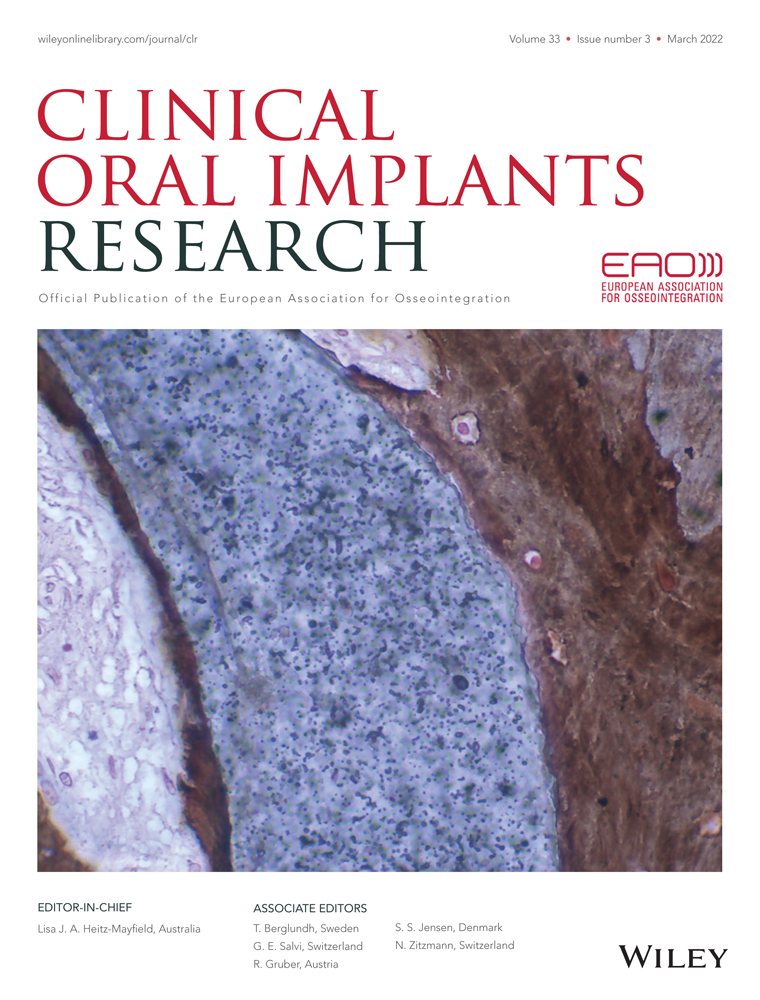Does the geometry of scan bodies affect the alignment accuracy of computer-aided design in implant digital workflow: An in vitro study?
Funding information
There is no funding to support for this submission.
Abstract
Objectives
To compare 2 implant scan bodies with different geometry on the accuracy of the virtual alignment process in the digital workflow.
Materials and Methods
A master model of the edentulous maxilla with 6 implants and multiunit abutments (MUA) inserted was fabricated. Six dome-shaped and cuboidal scan bodies were mounted on the MUAs, respectively, and consecutively scanned by a laboratory scanner 10 times. The original scans were imported to a dental-specific CAD software and virtually aligned with the default CAD model in the implant library. Thus, 10 aligned models were created. Both the original scans and the aligned models were evaluated by an inspection software for deviation of the scan body surfaces, the centroids of scan body and MUA, the scan body center-axis, and the inter-MUA distances/angles. The two-sample T-test/Mann–Whitney U test were used to analyze the data with the level of significance set at 0.05.
Results
The cuboidal group showed significant greater deviations of the model surface (13.9 µm vs. 10.7 µm) and the MUA centroids (31.7 µm vs. 22.8 µm) but smaller deviation of the inter-MUA angle (0.047° vs. 0.070°) than those of the dome-shaped group (p < .05). No significant differences in the deviation of scan body centroids, center-axis, and the inter-MUA distances between the 2 groups were found.
Conclusions
Virtual alignment of implant scan body affected the accuracy of the digital workflow for complete-arch implant-supported prostheses (up to ~30 µm/0.09°). Different geometries of the implant scan body could also influence the transfer accuracy in the CAD process.
CONFLICT OF INTEREST
There is no conflict of interest for this study.




